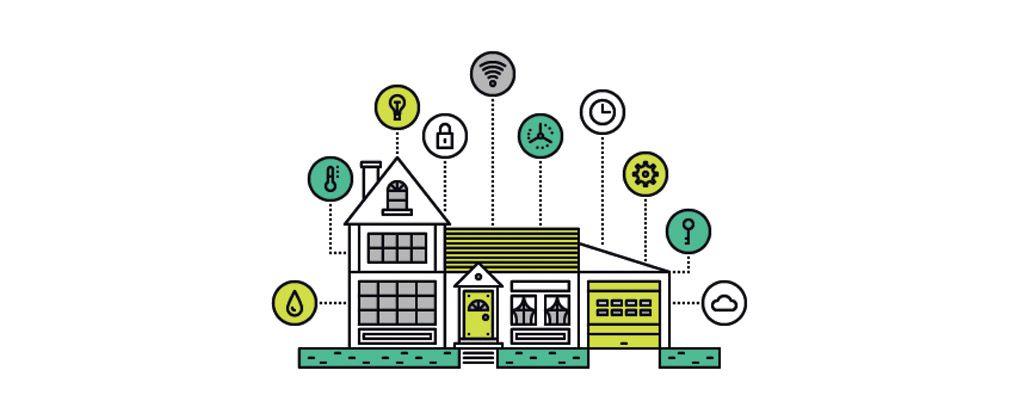Somewhere in the middle of the Nevada desert there is a factory. The factory, when finished, will cover an estimated 13km2, making it the building with the largest physical footprint on Earth. The factory makes batteries.
Christened the ‘Gigafactory’, the remote plant is owned by electric car company Tesla and, according to it its founder Elon Musk, will play a central role in the future development of clean energy. Work on the site is expected to be complete by 2020, by which time it is expected to provide 35GWh of battery power – or, in other words, more than the entire world produced in 2014. There are even reports that production could increase to generating 150GWh.
Bold, yes, but with plans to also launch the first manned-mission to Mars, ambition is not something that Musk is in short supply of. Indeed, his recently revealed “masterplan” saw him envisaging a future in which Tesla would build a Gigafactory on every continent, allowing him to create a world filled with electric vehicles, solarroofing, and self-driving cars. The estimated cost according to Musk? Tens of billions.
But the Gigafactory is more than a mere vanity project – it is a huge bet on the future of manufacturing. Musk wants to create a clean energy source that will allow Tesla to sustainably build 500,000 electric cars per year, and also show that by aggressively investing in new technology we can provide solutions to the world’s energy issues.
Musk is one of several people to appear in the National Geographic TV channel’s highly anticipated documentary Before The Flood, premiering this month. Fronted by Leonardo DiCaprio, the Oscar-winner travels across the world using his celebrity status and contacts list to raise awareness on climate change.
Already a U.N. Messenger of Peace for climate change, the actor spent the better part of two years travelling to five continents (and the Arctic) for the film. Providing substantial weight to the argument, were the likes of Barack Obama, Pope Francis and Bill Clinton as well as climate change experts, activists and local residents, to try and better explain the issue as a whole and provide possible solutions.
Future-proofing energy supply has long been on the agenda in the UAE. Whether this is motivated purely by environmental concerns or preparing for life after oil, the result has been a raft of ambitious, controversial and innovative projects. Masdar City envisages sustainable urban living, albeit on a smaller scale than first planned. Also in Abu Dhabi, a huge nuclear power plant is scheduled for completion in 2020, capable of delivering up to a quarter of the UAE’s electricity needs and saving up to 12 million tonnes in carbon emissions every year.
In Dubai, the third stage of the vast Mohammed bin Rashid Al Maktoum Solar Park will make it the largest single-site solar project in the world, with a planned capacity of producing 5,000MW of energy – enough to power 800,000 homes – by 2030. This is starting to look like a good decision: a recent report from the International Renewable Energy Agency (headquartered in Abu Dhabi) stated that, due to the falling costs of solar panels, solar energy could meet up to 13 percent of global power needs by 2030.
This was all topped by the news last month that enough countries had ratified April’s Paris Agreement to bring it into force. The treaty saw 190 countries reach the most comprehensive international agreement ever to combat man-made climate change. Countries – including the UAE, the USA and China – reaffirmed their commitment to reducing greenhouse gas emissions and transparently reporting results, with the goal of preventing the global temperature from rising above 2°C by 2100.
Not all of these initiatives will work. But at least they show ambition, which, as Elon Musk knows, is exactly what the world needs right now.



